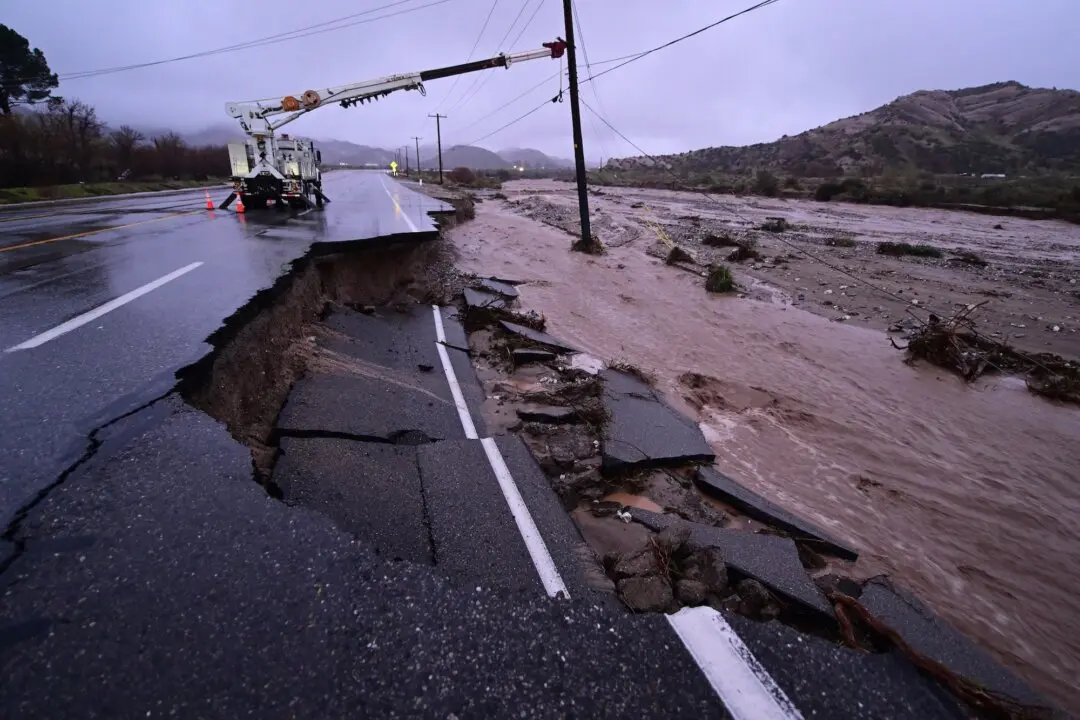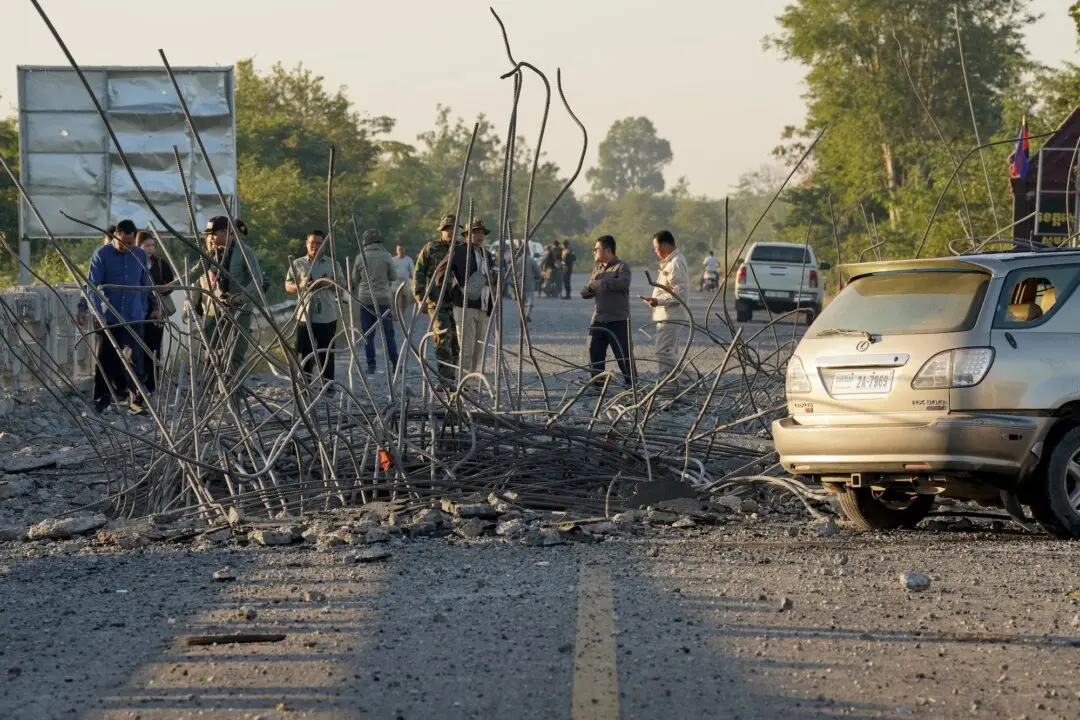“Celebrate Independence Day in the cockpit of a MIG-29 jet fighter!”
My curiosity was officially piqued.
“Sit at the controls of a tank and see the world from the perspective of a World War II tank operator.”
I think we just might have something here. I had been scouring cyberspace looking for an interesting way to spend Independence Day with my 4-year-old daughter. Polish Independence Day, that is, which falls on Nov. 11. It’s an annual event (obviously) since 1918 (surprisingly enough for a country with a history of over a thousand years of statehood). Why, I wondered, was the celebration of independence here such a recent affair? After all, the notion of independence has featured prominently in Poland’s millennia of statehood.
One expression thereof was the adoption of something called the liberum veto in the 16th century. In order to entrench the rights of all representatives in the sejm (a kind of parliament), each was granted the power of veto. All it took was one representative to feel that his freedom was being excessively restricted to torpedo the entire day’s legislative decisions and dissolve that session of Parliament. Many historians laud the liberum veto as a factor that went a long way toward ensuring rule of law and religious tolerance in Poland at a time when the rest of Europe was mired in religious strife and despotism.
I scanned the website of the Polish Army Museum further for a detailed event agenda. It was basically shaping up to be a kid-friendly day of fun and frolic in which even the youngest participants could sit at the controls of a jet fighter and “feel like a real pilot.” Not only that, but they could even wave around an automatic assault rifle and wield a historical cavalry sword. I assumed, correctly and fortunately for all involved, that the ammo clip was empty and the sword was far enough south of sharp to be safe for the hands of babes.
And so, encouraged by what appeared to be an obviously high regard for human health and safety, in combination with a promised educational element (kids would learn about—what else—independence), I decided to take my little angel to see what Independence Day in Poland was all about.
Unfortunately, the aforementioned institution of the liberum veto is said to have been abused by the representatives and is credited with so weakening the authority of the government that Poland was wiped off the map three times in the 18th century. The beneficiaries were the typical culprits (Russia, Prussia, and Austria). The most recent partitioning took place in 1795 and lasted for a total of 123 years. Meaning Poland as a country ceased to exist for several generations. Nevertheless, Poles continued to cultivate their language and culture, and participate in periodic rebellions. They failed many times and faced dire retribution. But at last they succeeded in 1918. An independent homeland after 123 years of foreign domination is the kind of experience that would make any people appreciate their independence.
The place was teeming with kids and the machines of war crawling with them. My daughter insisted on doing absolutely everything herself, overcoming absolutely every obstacle without any help. And the fight she put up when I had to pry her out of the pilot’s seat of the MI-17 assault helicopter! (The thousand other future-pilot-munchkin-feet tapping out a crescendo of juvenile impatience finally got to me).
It turns out my daughter managed to learn something about the practical side of independence after all.
Opinion
Global Dispatches: Poland—Independence Day
Sit at the controls of a tank and see the world from the perspective of a World War II tank operator.

Tom Ozimek
Reporter
|Updated:



